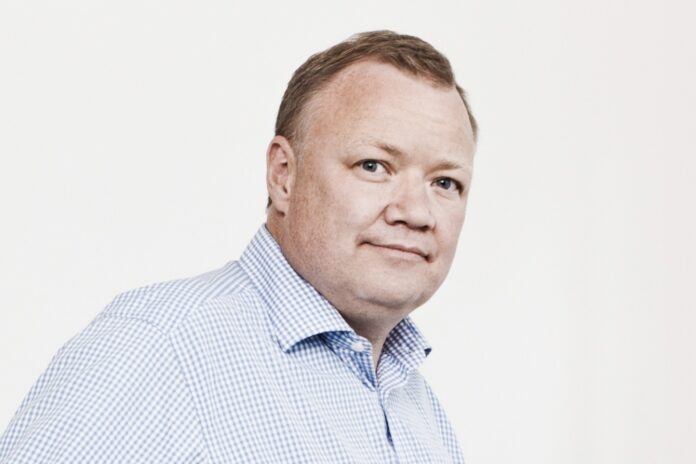Each kit vendor multiplies complexity cost
The Open RAN concept is a complexity trap that will bog down many operators, warns telecoms consultant John Strand, founder of analyst Strand Consult. Below he answers Mobile Europe‘s questions.
A major proportion of the third world is a 2G/3G market and more than a billion people still use phones that only support 2G and 3G, Strand writes. These are the most widely used network technologies in Africa where many emerging countries are starting to roll out 4G. The number of countries in emerging markets that have rolled out 5G is quite limited. Since the organisations behind OpenRAN and O-RAN present a 4G/5G concept they are not solutions that can replace existing networks on a like for like basis. They can’t substitute 2G and 3G with 5G and this is not the solution for low-income people.
Bottom line expanding
The bottom line is that OpenRAN/O-RAN are not technologies for billions of people today and tomorrow. Another question worth asking is whether emerging market operators actually want to replace existing 4G equipment and establish a set of parallel base stations. Why would any cash-conscious operator want to pay for one set of base stations running 2G/3G and another 4G/5G OpenRAN? The rental cost (to tower companies) for sites and energy consumption is already high and would be even higher with a second network on the same site.
Old kit not full caboodle
It’s not as if they could get re-purposed kit from European telcos that are turning off their 3G networks, Strand said. Old comms equipment can’t be recycled for many reasons. There is a lot of software in a mobile network and when you buy it you do not buy the software but a right to use it. This means that you cannot resell any software or hardware. Operators in emerging markets prefer to get new equipment anyway, so the recycling interest is not as great as some might think.
Brutal reality
This is the brutal reality that all OpenRAN infrastructure providers will face. The economics are especially oppressive in developing countries. Engineers typically like to reduce complexity in order to save time and money. Those working for networks are no different. Operators use a highly selective list of vendors in order to improve security, which it’s easier to vet a small number of trusted partners. This management costs and gets them a bulk buyer’s discounts.
McRae question
Note how Neil McRae, British telecom’s MD and Chief Architect handled the question. Do major operators save money by reducing their suppliers? Well, that’s what they’ve been telling their shareholder since the year 2000! “I have worked with BT for 10 years. When I arrived, BT had a 21 C fixed network with 50 vendors. I reduced it to four vendors and saved BT £1 billion in three years,” said McRae. “The key was reducing complexity, which is the killer in telecommunications. When I hear about Open architectures with five to fifty vendors, I run for the hills. Reducing vendors was the right thing to do and we would do it again.”
People forget that RAN, while important, is just one part of an operator’s infrastructure requirements.


